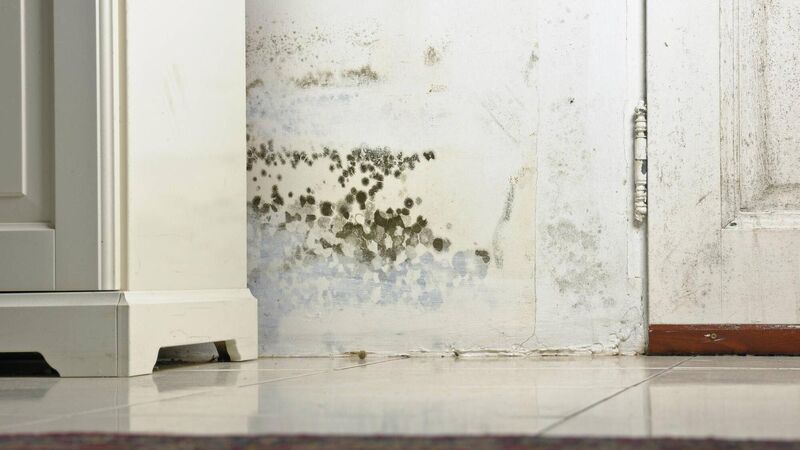Dr Phil Kieran: Should I be worried about the damp patches in our baby's room?

Pic: iStock
Try from €1.50 / week
SUBSCRIBE
I’ve noticed some damp patches in our baby’s bedroom. Should I be worried, or do I need to keep the heat on during the day?
Dampness is something that everyone who lives in Ireland (particularly on the south and west coast) is familiar with.
CONNECT WITH US TODAY
Be the first to know the latest news and updates
Newsletter
The best food, health, entertainment and lifestyle content from the Irish Examiner, direct to your inbox.
© Examiner Echo Group Limited